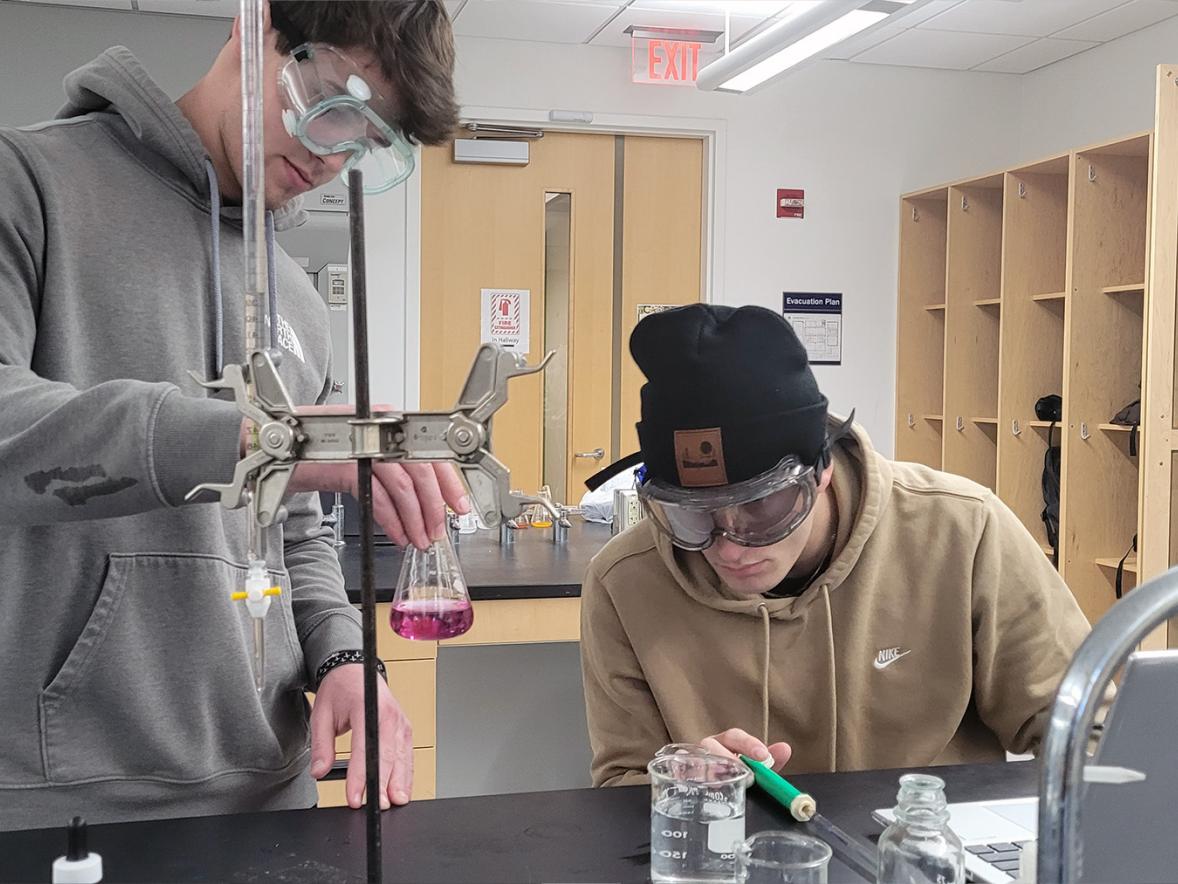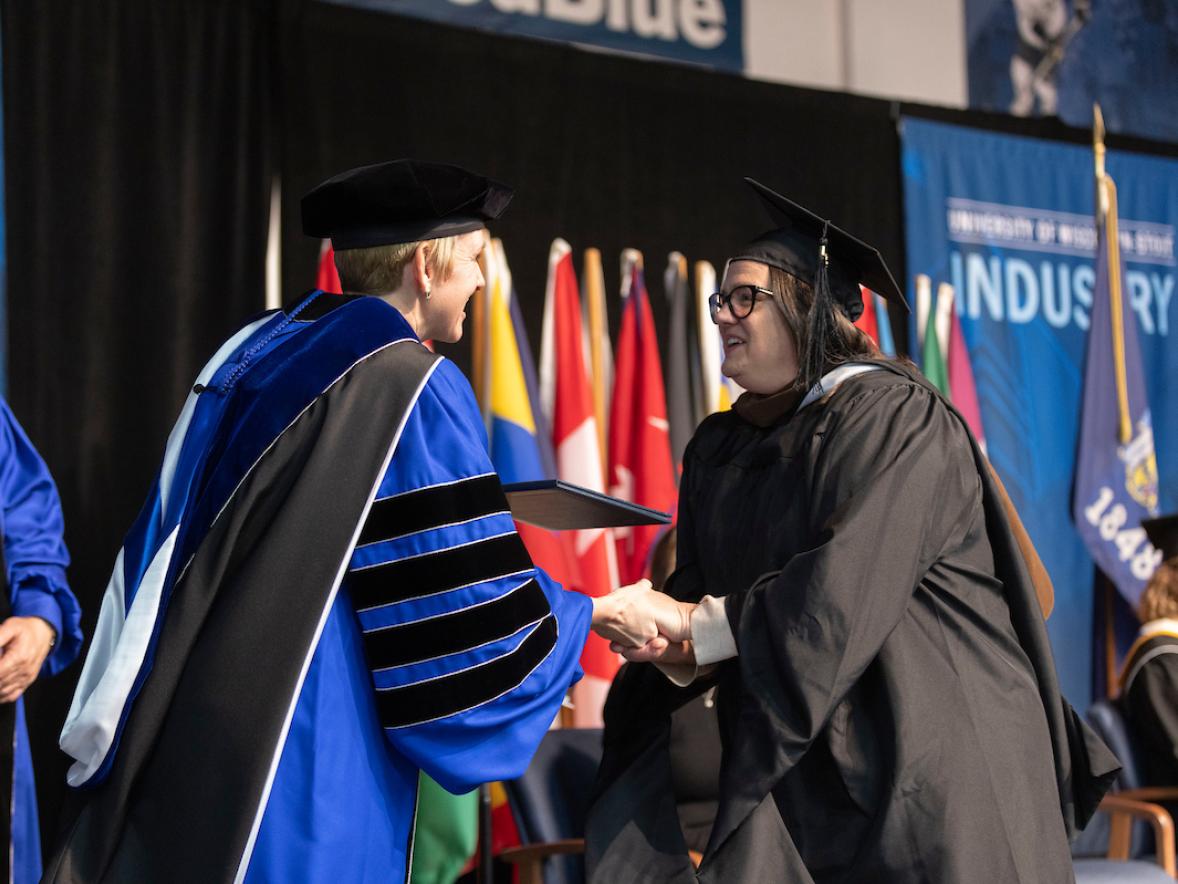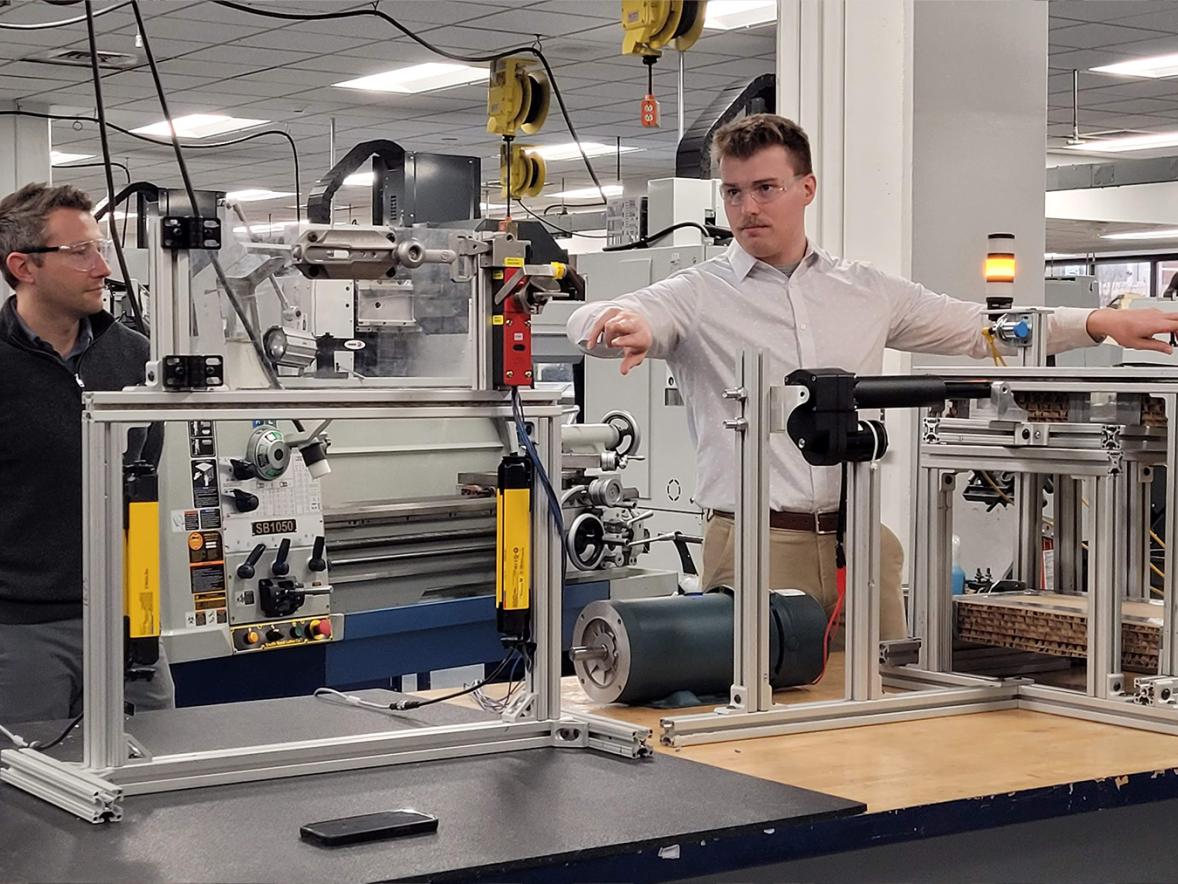Researchers from five institutions have opened a new door in the world of paleontology with a study of the fossilized bones of a dinosaur.
The study identifies two protein crosslinking mechanisms known to naturally affect human blood vessels and shows that these also likely contributed to the preservation of blood vessels in the dinosaur bones.
Their research, “Mechanisms of Soft Tissue and Protein Preservation,” was published Wednesday, Oct. 30, in the open-access journal Scientific Reports. The study is available online.
 The lead author is Elizabeth Boatman of University of Wisconsin-Stout, with six co-authors, including Mark Goodwin, assistant director of the University of California Museum of Paleontology; and Hoi-Ying Holman, director of the Berkeley Synchrotron Infrared Structural Biology Program at Lawrence Berkeley National Laboratory.
The lead author is Elizabeth Boatman of University of Wisconsin-Stout, with six co-authors, including Mark Goodwin, assistant director of the University of California Museum of Paleontology; and Hoi-Ying Holman, director of the Berkeley Synchrotron Infrared Structural Biology Program at Lawrence Berkeley National Laboratory.
This study is part of a larger body of work on preserved blood vessels and cellular elements that Mary Schweitzer, a paleontologist at North Carolina State University, has led since the mid-2000s.
Using a combination of cutting-edge materials characterization techniques, the team of researchers studied pliable vessel networks recovered from a one-inch core sample removed from a tibia bone of a well-preserved Tyrannosaurus rex. The specimen is a nearly complete skeleton known as The Nation’s T. rex that recently went on display at the National Museum of Natural History in Washington, D.C.
That T. rex skeleton is approximately 66 million years old, well beyond the “upper limit” of one million years that scientists have generally projected for the survival of soft tissue structures and proteins in fossils, Boatman said.
However, the paper details for the first time two mechanisms that could have preserved the blood vessels — protein crosslinking by Fenton chemistry and glycation. Iron, a component of hemoglobin in vertebrate blood, plays a central role in both, and both mechanisms are also known to occur during aging and with diabetes, for example, in humans.
The paper also provides microscopic images of blood vessels from the T. rex, which was unearthed in Montana by a team from the Museum of the Rockies.
“The body of evidence is convincing now,” Boatman said, noting that over the years, there have been “a lot of skeptics” across the scientific disciplines that blood vessels could be preserved. Initially, the use of materials science techniques to explore this question wasn’t widespread, but importantly their application offered a new perspective for studying fossil remains.
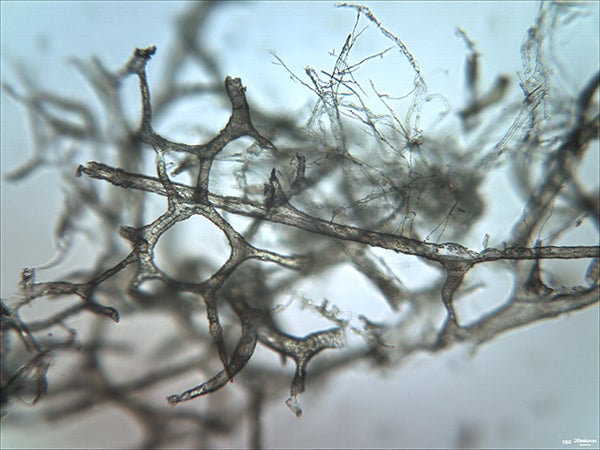 Bone chips reveal vessels’ secrets
Bone chips reveal vessels’ secrets
Part of the process of characterizing the vessels involved demineralizing small chips of T. rex bone samples to liberate the preserved vessel tissue inside.
“They looked like little pieces of sponge floating in the water,” Boatman said of the microscopic vessel networks, which hold their three-dimensional architecture when suspended in solution.
The T. rex sample was exciting because it had “the most extensive vessel networks that any of us had ever seen,” she said, noting that Schweitzer’s had team first reported blood vessels recovered from this dinosaur in 2007.
In positively identifying the preserved proteins that give blood vessels their structures at the nano-scale, Boatman said that a TEM — transmission electron microscopy — image confirmed the presence of a banding pattern that is specific to vertebrate collagen. “That was an exciting find,” she said.
The study provides arguable evidence that the fossil bones of Mesozoic-era creatures are more than simply rocks, which Boatman pointed out is a common misconception regarding fossils.
In regard to future avenues of scientific study, Boatman said, “There’s a lot of potential. It’s part of the big picture of understanding dinosaurs.”
The study’s findings could be applied to mammalian fossils or other prehistoric creatures. Thicker, more dense bones, such as those from large dinosaur limbs, offer the best chance to find blood vessels because they effectively entomb the vessel structures, she said. “More technology is now available to scientists,” Boatman said, in reference to the major advances that have taken place in materials characterization techniques over recent decades.
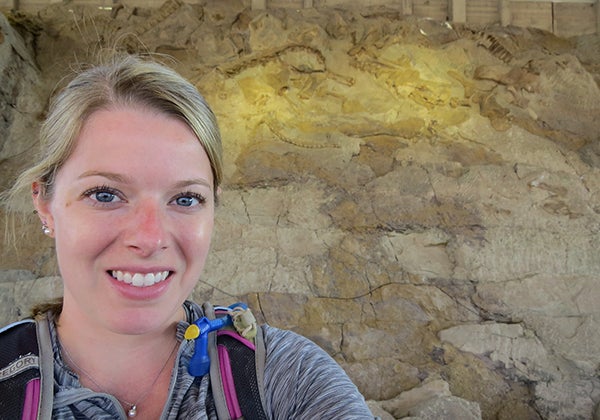 Don’t expect dinosaur clones
Don’t expect dinosaur clones
Although the researchers were not looking for DNA in the bone samples they tested, Boatman also notes that such findings would not be expected. In other words, no dinosaur clones will walk the Earth anytime soon, like in the movie “Jurassic Park.”
Schweitzer, however, trained with John “Jack” Horner, the real-life paleontologist portrayed in the movie, which is how the team gained access to the T. rex bone sample, while the skeleton was previously curated at the Museum of the Rockies in Montana.
“This is one of the most complete T. rex skeletons in the world,” Boatman said.
The study took about six years to complete, in part because Boatman took a detour from her career as a researcher to pursue the AAAS Science and Technology Policy Fellowship in Washington, D.C. During those two years, Boatman also worked as a volunteer science writer at the Smithsonian.
As the National Museum of Natural History celebrated the arrival of The Nation’s T. rex with an extended uncrating exhibit, she walked by daily for months, not knowing that it was the fossil specimen from which the core sample had been taken for her team’s study (the specimen identification number was changed when the fossil was transferred to the Smithsonian).
Boatman’s connections with Goodwin and Schweitzer go back to her graduate studies at the University of California, Berkeley. Schweitzer is considered the first researcher to report soft tissues recovered from fossil bones.
In 2013, Boatman was a co-author of a study with Schweitzer, Goodwin and others on a report of preserved soft tissues, cells and molecules “from deep time.”
Boatman teaches engineering mechanics in the engineering and technology department at UW-Stout. The native of St. Louis has an undergraduate degree in physics and applied chemistry from Beloit College and a master’s and doctorate in materials science and engineering from the University of California, Berkeley.
###
Photos
Elizabeth Boatman, UW-Stout
A blood vessel network recovered from the tibia of a T. rex dinosaur fossil is seen with a light microscope.
UW-Stout’s Elizabeth Boatman visits Dinosaur National Monument in Utah in 2018, when she was finishing work as lead author of the research “Mechanisms of Soft Tissue and Protein Preservation.”





